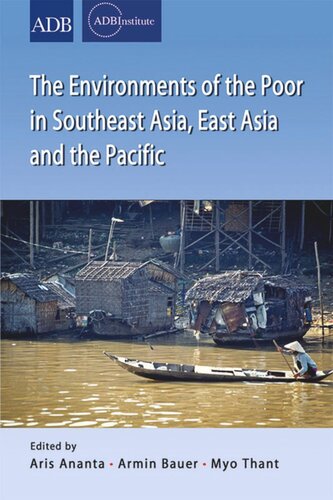

Most ebook files are in PDF format, so you can easily read them using various software such as Foxit Reader or directly on the Google Chrome browser.
Some ebook files are released by publishers in other formats such as .awz, .mobi, .epub, .fb2, etc. You may need to install specific software to read these formats on mobile/PC, such as Calibre.
Please read the tutorial at this link: https://ebookbell.com/faq
We offer FREE conversion to the popular formats you request; however, this may take some time. Therefore, right after payment, please email us, and we will try to provide the service as quickly as possible.
For some exceptional file formats or broken links (if any), please refrain from opening any disputes. Instead, email us first, and we will try to assist within a maximum of 6 hours.
EbookBell Team

4.4
102 reviewsThis book provides examples of possible triple-win solutions for simultaneously reducing poverty, raising the quality of the environment, and adapting to climate change. The book provides empirical evidence and observations from sixteen case studies in Southeast and East Asia, and from the Pacific. It argues that a spatial approach focussing on the environments in which the poor and vulnerable live, would trigger changes for development policies and implementation that better balance environmental and social concerns. In line with the post-2015 Millennium Development Goals (MDG) and Sustainable Development Goals (SDG) agenda, emphasizing integrated development approaches for the slum poor, the upland poor, the dryland poor, the coastal poor, and the flood-affected wetland poor, would also bring the environment and poverty agenda closer. The book emerged from a cooperation of the Asian Development Bank (ADB) with the Institute of Southeast Asian Studies (ISEAS) in partnership with experts from research institutes and think-tanks in the Asian region.